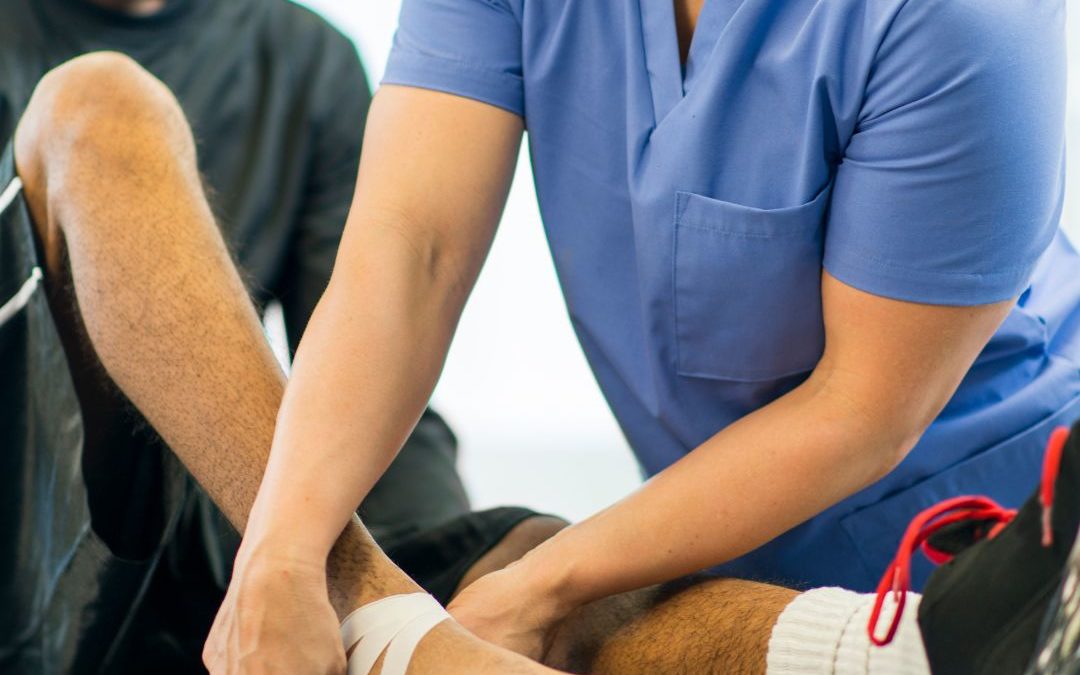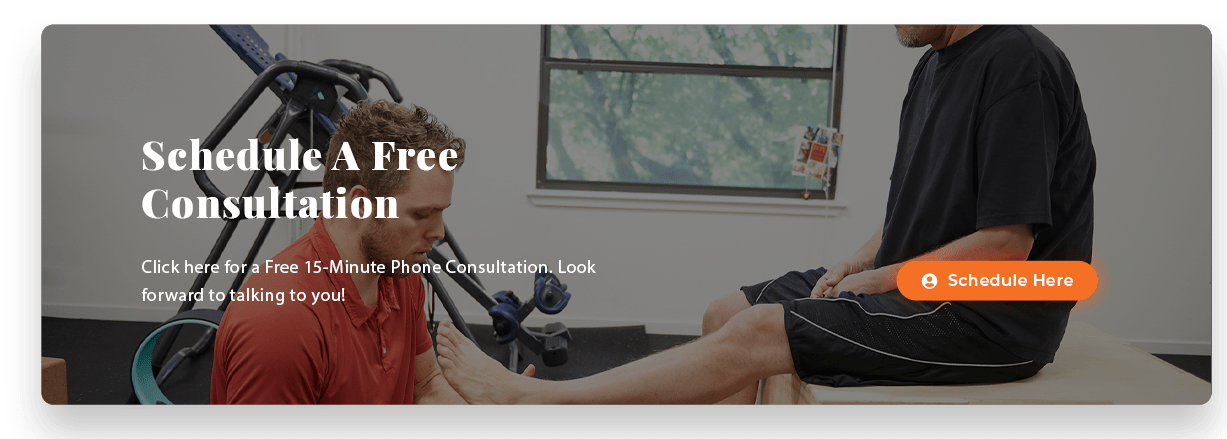“Life is like riding a bicycle. To keep your balance, you must keep moving.”
– Albert Einstein
When it comes to keeping your body moving, having properly functioning and pain-free muscles makes all the difference in the world. But when you are suffering from chronic muscle pain, weakness, and restricted motion, this can be difficult.
Oftentimes these conditions are the result of injuries or surgery that have resulted in dense scar tissue, or adhesions, that have formed. While this is a natural process that happens after a muscle injury. The body forms these adhesions to bind injured to help keep them stable. Unfortunately, these adhesions function like a type of tissue “glue” which often end up compressing or pinching adjacent nerves.
Sometimes nerves can even become entrapped by scar tissue, creating painful myofascial trigger points. and pain to develop. According to the National Association of Myofascial Trigger Point Therapists (NAMTPT):
“Trigger points are painful when pressed on, cause a shortening of the muscle fibers, and have a special property called referred pain. Referred pain means that a trigger point in one muscle can create pain in another area.”
Additionally, the more scar tissue that forms the more strain it creates for joints or tendons, and the more likely that nerves will become compressed. These can arise from acute injuries, such as tears or abuse that can occur during exercise or sports, or micro-trauma, which is the gradual degradation of tissue often caused from aging or inflammation.
Treating and Relieving Muscle and Nerve Pain
Among the number of treatments that can be used to relieve pain, a solidly established therapy is active release technique (ART). Essentially, ART is a type of soft tissue therapy with distinct characteristics that set it apart from deep tissue massage and other soft tissue protocols.
Patented over 30 years ago by Dr. P. Michael Leahy, active release technique has proven to be an effective therapy for treating patients with chronic pains or injuries. ART works by manipulating soft tissue, which can reduce stress placed on joints and nerves.
By locating and focusing on tight muscles and nerve trigger points, ART can relieve these points and, in turn, relieve or eliminate muscle pain. In addition, these protocols can reduce joint stress and associated pain. ART is commonly used to treat conditions affecting fascia, or connective tissue, major muscle groups, tendons and ligaments that are affected by adhesions.
The main goal of active release technique is to restore a patient’s mobility and the normal movement between muscle tissue and nerves. In addition, it has been shown that ART protocols can also help push joint fluid into the body, stimulating the lymphatic system, which helps reduce inflammation.
Multiple Benefits of Active Release Technique
Unfortunately for many of us, pain is a normal part of life. Chronic muscle and nerve pain, however, should not be. Yet, many people find that this is the case for their life and often fail to find a solution that works. Some of the typical signs of adhesion, or scar, tissue accumulation includes:
- reduced flexibility and range of motion
- noticeable loss of muscle strength
- inflamed or painful joints
- tingling, numbness and muscle weakness
- increase of pain or throbbing when exercising
While these may arise from other causes, they represent typical signs and symptoms related to pain arising from deep scar tissue formation. The good news is that ART has been proven highly successful at addressing and relieving all these conditions.
In addition, a list of common problems that are routinely treated with active release technique include the following:
- Tension headaches
- Carpal tunnel syndrome
- Lower back pain
- Plantar fasciitis
- Sciatic nerve pain
- Bursitis
And, lest you think that ART only benefits those with chronic pain from muscular or deep scar tissues problems, research and actual practice has shown that otherwise healthy individuals can benefit from ART sessions.
For example, a study was done involving 20 physically active male participants who had no history of lower extremity injuries. They received ART specifically on areas of their hamstrings with the goal of determining any effect on their flexibility.
The results of sit-and-reach tests, used before and after treatment, showed a significant difference between the pre- and posttest groups. In fact, all the participants increased their sit-and-reach scores after a single application of ART.
We know that ART can help restore normal muscle and connective tissue function, maintain body flexibility, and reduce deep scar tissue accumulation. This accumulation can go unnoticed by athletes in training athletes. It’s been found, however, that ART treatments can help promote faster muscle recovery and improve running or athletic performance. In fact, an article at Competitor.com stated that ART is considered “one of the fastest roads to recovery” by serious athletes.
Pain and Performance Solutions and ART
With any proposed treatment or technique, the first step is for us to get to know you. We can’t determine how to diagnose muscle, joint or nerve pain without understanding your history and what you’ve been through and where you are at. This means that having a consultation is the first step in your journey to recovery. So, feel free to contact us at (707) 636-4404 or fill out our online contact form.
FAQ: Understanding and Treating Muscle and Nerve Pain with Active Release Technique (ART)
1. What causes chronic muscle and nerve pain?
Chronic pain often results from scar tissue, or adhesions, formed after injuries or surgeries. These adhesions can trap nerves and limit muscle movement.
2. What are common signs of scar tissue buildup?
Signs include limited range of motion, muscle weakness, joint pain, and tingling or numbness.
3. How does scar tissue impact nerves?
Scar tissue can compress or entrap nerves, causing pain and forming myofascial trigger points, which may lead to referred pain in other areas.
4. What is Active Release Technique (ART)?
ART is a soft tissue therapy focusing on releasing scar tissue, reducing muscle tension, and restoring mobility by targeting painful adhesions.
5. How effective is ART in treating pain?
ART has shown success in treating conditions like carpal tunnel syndrome, lower back pain, and sciatica, often providing significant relief.
6. Can ART improve athletic performance?
Yes, ART helps athletes by reducing scar tissue buildup, promoting faster recovery, and improving flexibility and performance.
7. Is ART only for people with chronic pain?
No, ART also benefits healthy individuals by maintaining flexibility and preventing injury from scar tissue accumulation.
8. Are there studies supporting ART’s effectiveness?
A study showed that 20 active male participants improved their flexibility after just one ART session, increasing sit-and-reach scores.
9. What conditions can ART treat?
ART effectively treats tension headaches, plantar fasciitis, bursitis, and other conditions caused by muscle and nerve restrictions.
10. How can I get started with ART at Pain and Performance Solutions?
Begin with a consultation to assess your pain history and treatment needs. Contact us at (707) 636-4404 to start your recovery journey.


